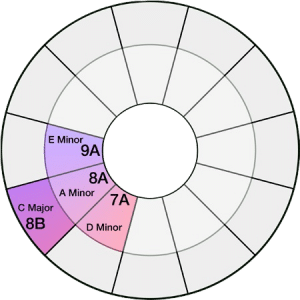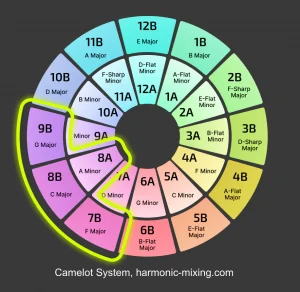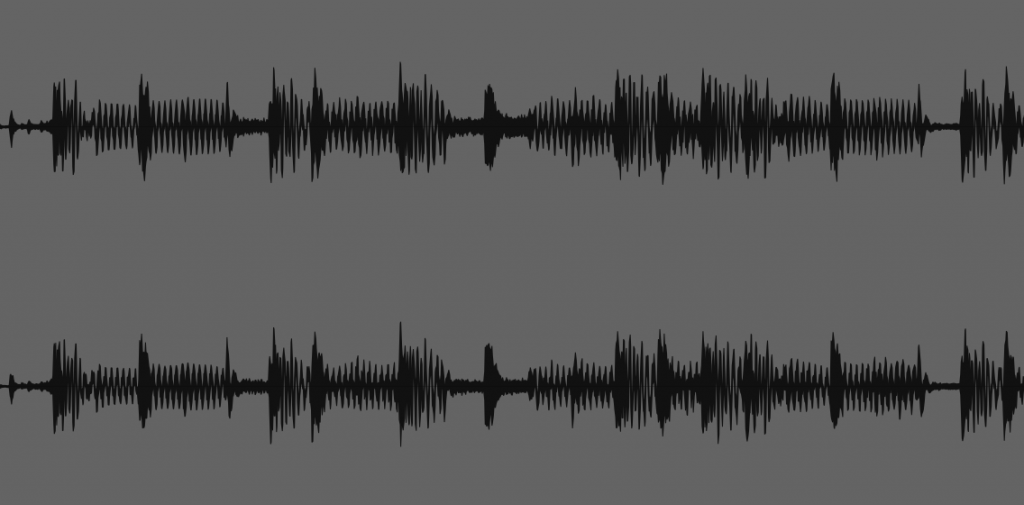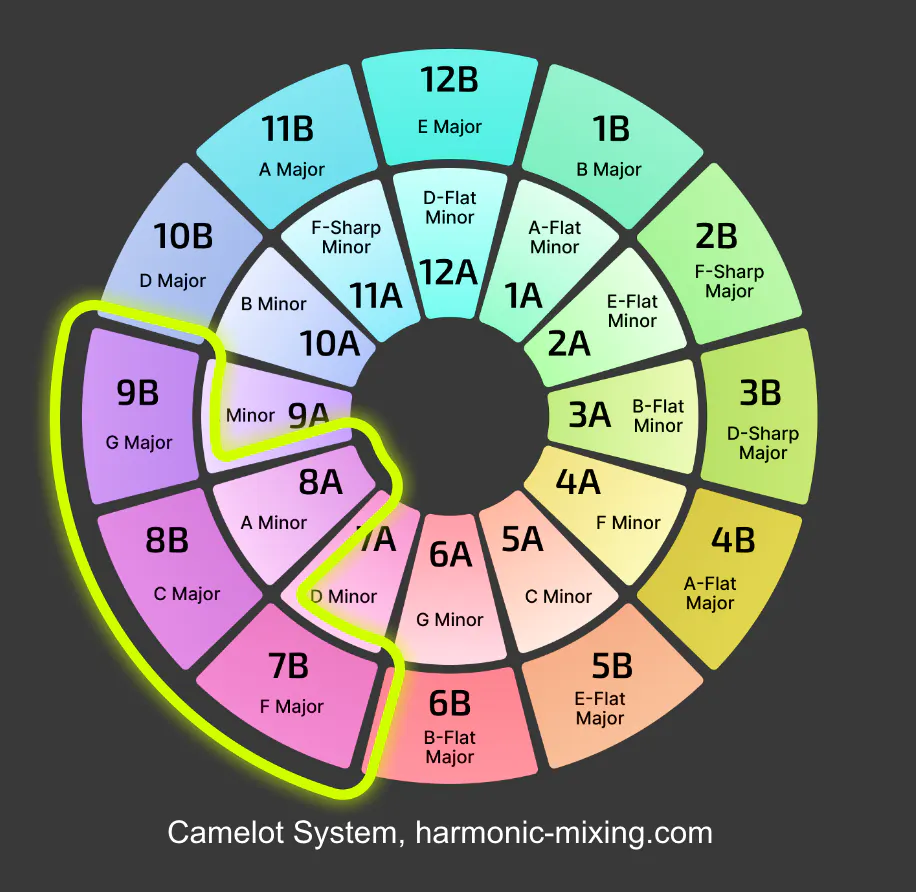
How to Finish More Original Music
Boost your game: set clear goals, embrace imperfection, and finish strong with these mindful techniques to help finish your music.
As most of you know when writing drum & bass or any electronic music, you can be limited by the keys you write in due to certain keys being too low for the sub bass to be heard or felt on speakers (We often find D is the lowest we go on bass unless its only for a short interval)
The thing that particularly sucks about this is that it greatly reduces the amount of samples available to you that will work with your tracks without having to go crazy on the pitch transposition (like + or – by 7 semitones for example!) *Theres nothing wrong with transposing by 7 semitones or more when being creative but if you find a sample you really like as it is you will get a lot of degradation*
Thankfully there is something that can greatly reduce this limitation… The Camelot System

This wheel may be familiar to you if you DJ as its primary use is for “Harmonic Mixing” which enables you to mix songs in different keys together but still have it harmonically correct or ‘musically pleasing’. More on Harmonic Mixing here https://mixedinkey.com/book/how-to-use-harmonic-mixing/
What’s great about harmonic mixing and the Camelot System is that the exact same rules are true for picking samples when trundling through Splice, Loop cloud or whatever your source of samples may be!
If you didn’t know, every minor key has a major relative and vice versa, which can be seen on the wheel as the opposite key (for example A Majors relative minor is F-Sharp Minor or B-Flat Minors relative major is D-Flat Major).
So if you were to write a tune in F minor, samples in A-Flat Major would also work as they have the same scale within them!
But it doesn’t end there..

If your tune is in A minor not only will you be able to use samples in C Major as that is the relative minor, you’ll also be able to use samples in E minor and D minor!

Here are the keys that will work with C Major.
Using samples that harmonically mix and arent the direct relative will often yield more emotive results too! One will sound more uplifting and one will sound darker (listen to our track bliss to here this in full effect as we exploited the camelot wheel to make that tune super uplifting)
There are more complex harmonic combinations that you can read about here: https://mixedinkey.com/book/use-advanced-harmonic-mixing-techniques/
So yeah, something that isn’t known by everyone that can breathe new life into your sample collections or even just enable you to add extra emotion to your music!
There are plenty of samples you can apply these rules to in our shop.
Enjoy your newfound knowledge and go and make some sick tunes 😊

Boost your game: set clear goals, embrace imperfection, and finish strong with these mindful techniques to help finish your music.

Samples can be the backbone of creative music production. Dive into seven techniques to flip your approach and inspire more music.

A no nonsense guide on how to use classical music theory to pick musical samples for your productions more effectively